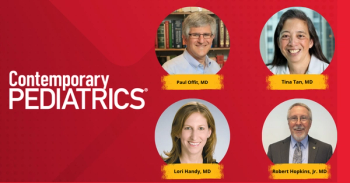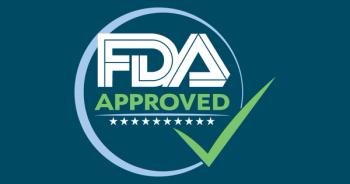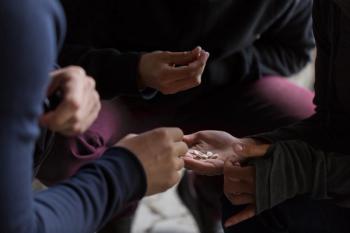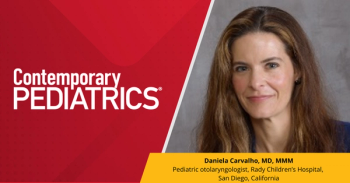Key takeaways:
- Handy emphasized that modern trust in medicine must be earned through ongoing, human-centered communication.
- She called for an interdisciplinary approach involving medicine, psychology, and media.
- Building trust requires transparency, consistency, and emotional engagement over time.
At IDWeek 2025 in Atlanta, Lori Handy, MD, MSCE, associate professor of clinical pediatrics at the University of Pennsylvania School of Medicine and Children’s Hospital of Philadelphia, expanded on themes from her oral abstract presentation, “Intersection of Vaccine Education and Science Communication.” In a follow-up discussion, Handy explored how the foundations of public trust in medicine have shifted and what this means for clinicians seeking to engage patients in the digital age.
“In the old world, or the old way of communicating, trust was really granted by credentials—saying I have a medical degree, or I went to this university, or I work at this place,” Handy said. “What we’re realizing now is trust is actually a lot more complicated.”
Rather than institutional credibility alone, Handy emphasized that trust today must be earned through sustained, transparent interaction. “What it means is that you are an individual who will have bidirectional conversations,” she explained. “You will come back over time and share more information. You will be dynamic. You will update things. You will engage with humans with their feelings and emotions.”
In her view, the key to building trust lies in:
- Consistency: Returning to communities repeatedly with updated information
- Transparency: Sharing evolving knowledge as science advances
- Collaboration: Working across disciplines to shape modern communication
“You cannot bring that information there once, expect to be trusted, and then leave,” Handy said. “It is to continually bring more and more health information on whatever topic they want to hear about and make sure that they’re getting the information they need.”
Handy also underscored the need for a more interdisciplinary approach to health communication, one that unites medical professionals, behavioral scientists, and media experts. “We probably don’t individually have all of the answers,” she said. “If we really look across different disciplines… together, we can figure out how [to] create a new landscape for health communication.”
Reference:
Handy L. Intersection of Vaccine Education and Science Communication. Oral abstract. Presented at: IDWeek 2025. October 19-22, 2025. Atlanta, GA.








